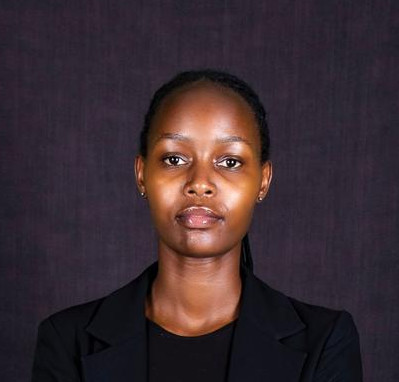

As the world evolves and technology touches nearly every aspect of life, going digital has become a priority for enhancing services.
Rwanda has embraced this shift across various sectors, including the preservation of its history—particularly that of the 1994 Genocide against the Tutsi.
One key initiative is the plan to digitise the country’s genocide memorial sites, making them easy to access by visitors.
The Minister of National Unity and Civic Engagement (MINUBUMWE), Jean-Damascène Bizimana, recently spoke about the progress of this effort.
He noted that of the eight national memorials—Gisozi, Rebero, Nyamata, Ntarama, Nyarubuye, Nyange, Bisesero, and Murambi—only one, the Kigali Genocide Memorial at Gisozi, is fully digitised.
ALSO READ: Liquid contributes Rwf130 million towards preserving memory of Genocide against the Tutsi
"The rest lack audio-visual content to guide visitors, who currently rely solely on guides for information,” Bizimana said. "Ntarama was the first to be upgraded, and we aim to open it around October. Nyange and Murambi are next, with Murambi also set to feature a dedicated memorial garden.”
Bizimana explained that the digitisation process involves collecting and curating various types of media, including testimonials, vintage photographs, footage, and first-hand accounts that are crucial to understanding each site's unique history.
He emphasised that no two memorials are alike, as each one tells a different story of how the genocide unfolded.
ALSO READ: Genocide archives facility takes shape
"We are also developing electronic access options that will allow visitors to experience the memorials without needing a guide or even visiting in person,” Bizimana said, highlighting the upcoming virtual tour option that will accommodate those unable to visit the sites physically.
However, he noted a challenge posed by the digital age: the spread of misinformation, particularly from genocide denialists and perpetrators.
"Technology has made it easier for falsehoods to proliferate,” he said. "To this day, many Rwandans do not visit memorials as often as they should.”
ALSO READ: CNLG seeks extra funds to digitalise Gacaca archives
To counter this, the government has made it mandatory for schools to teach from the memorials closest to their locations.
Yet, according to Bizimana, some people still question the need for these visits, saying, "Why visit a genocide memorial when I already know about the genocide?”
To this, Bizimana responded firmly: "You don’t truly know the genocide. Every memorial tells a different story—how it was planned, how it unfolded—there is always something new to learn.”


